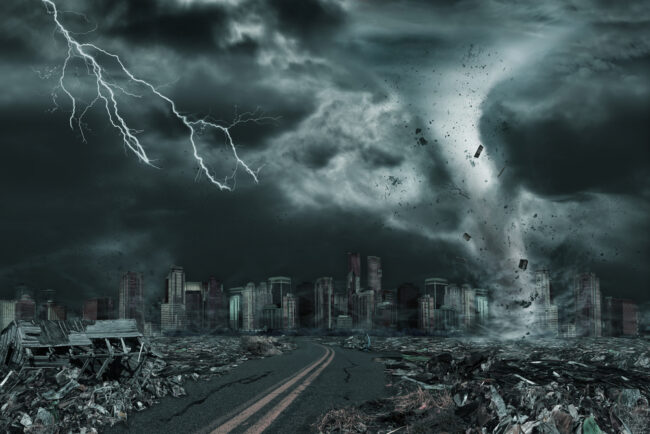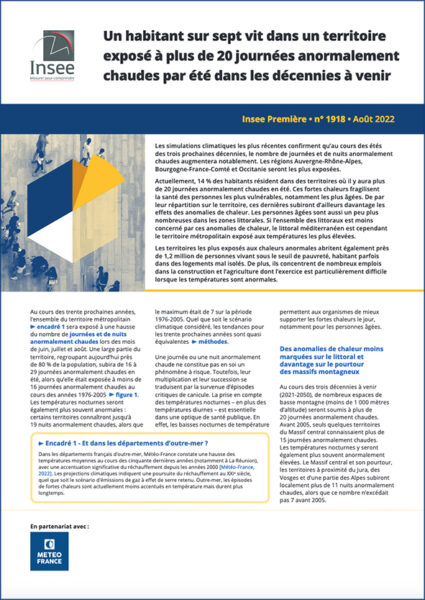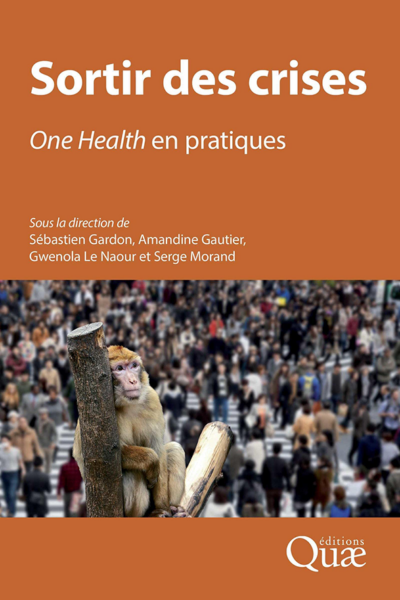More and more writers take the view that industrial society is threatened with “collapse”. But the very concept of collapse is vague and is interpreted in many different ways; and there are many views of the consequences that may ensue (end of the world, end of a world etc.). Moreover, the lessons that may be drawn from past collapses — the collapse of ancient civilizations — cannot necessarily provide relevant insight into a future — or, indeed, imminent — collapse.
In this article, Gabriel Salerno shows why such a collapse looms on our horizon: first, because our developmental model is clearly no longer effective, either economically or socially; second, because it is deeply destructive of our environment. His argument is supported by a broad review of the literature on the subject, which underpins his thinking on the various types of collapse — those of the past and, more speculatively, the collapse (or collapses) of tomorrow.
But what might come after the collapse? Salerno distinguishes three “meta-interpretations” (three possible cases): the first ensues from a cyclical view of history and envisages not an “eternal return of the same” but a transition to a new model; the second, deriving from a progressive vision, foresees a levelling-off followed by a new rise; the third is “declinist” and, in that vision, collapse precedes chaos. This article, which is strongly supported by an analysis of the diverse publications on the subject, casts valuable light on a possible future that is too often overlooked.




